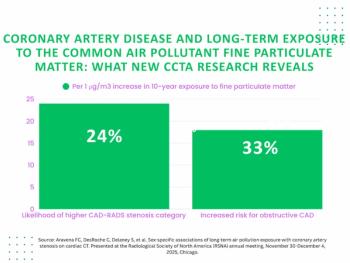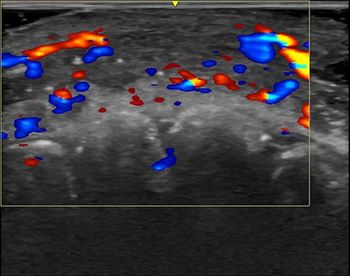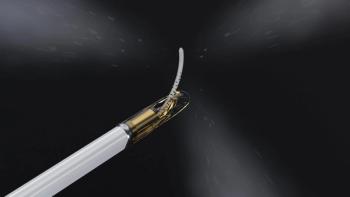
PACS manager cautions CR users not to discard reject analysis
Quality assurance was an essential ingredient in conventional film settings. But facilities that purchase CR units for their x-ray departments are often advised by equipment vendors that they need no longer be concerned with discarding bad x-rays.
Quality assurance was an essential ingredient in conventional film settings. But facilities that purchase CR units for their x-ray departments are often advised by equipment vendors that they need no longer be concerned with discarding bad x-rays.
Nevertheless, reject analysis is still necessary, according to Rosemary Honea, PACS manager at Texas Children's Hospital (TCH) in Houston.
Vendors challenged the continued need for reject analysis in CR environments because of low reported reject rates and lack of criteria for improperly exposed images. Most CR systems include quality control workstations capable of modifying the appearance of images before release and deleting poor images before they are sent out for interpretation.
"Vendors claim to be able to adjust and reapply algorithm fixes for most bad images taken," Honea said. "This false information may help with the reasoning to purchase their product, but the customer later finds out that they will still need to retake inadequate x-rays."
Repeat images are needed in conventional film environments for several reasons:
?artifacts
?mispositioning
?overcollimation
?patient motion
?double exposure
?inadequate inspiration
?overexposed
?underexposed
?marker missing or wrong
?wrong exam
?wrong patient
?film lost in processor
The same 12 reasons still exist for repeats in digital environments, according to Honea, who cited four additional ones:
?corrupt data
?cannot transfer
?deleted by operator (waste bin)
?autopilot deleted
Vendors need to know the importance of incorporating reject analysis software in their applications. No matter how much functionality and capability the process station software has, it can't always fix every x-ray, Honea said.
Her group at TCH designed a reject analysis system that accommodates identification, isolation, and archiving of repeated examinations, making use of their electronic imaging systems.
"We had already developed transcription codes for our radiologist's examination critique, so we adopted these as codes for rejected images," she said.
The technologist at the QC workstation appends the critique code to patient demographic information, modifies other fields to indicate that the image is rejected, and archives as usual. Modified routing tables prevent the release of rejected images but ensure they are available for review.
Newsletter
Stay at the forefront of radiology with the Diagnostic Imaging newsletter, delivering the latest news, clinical insights, and imaging advancements for today’s radiologists.




























